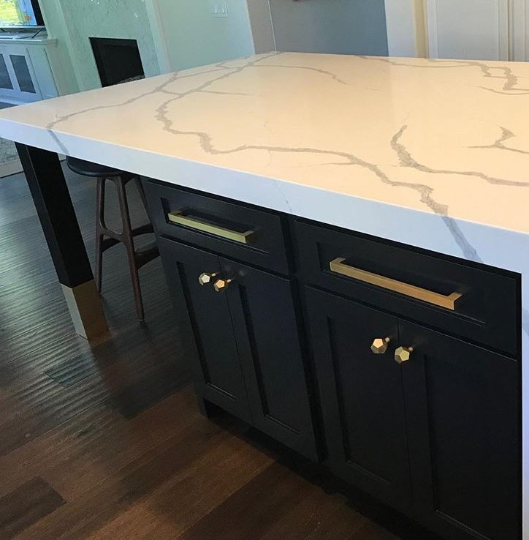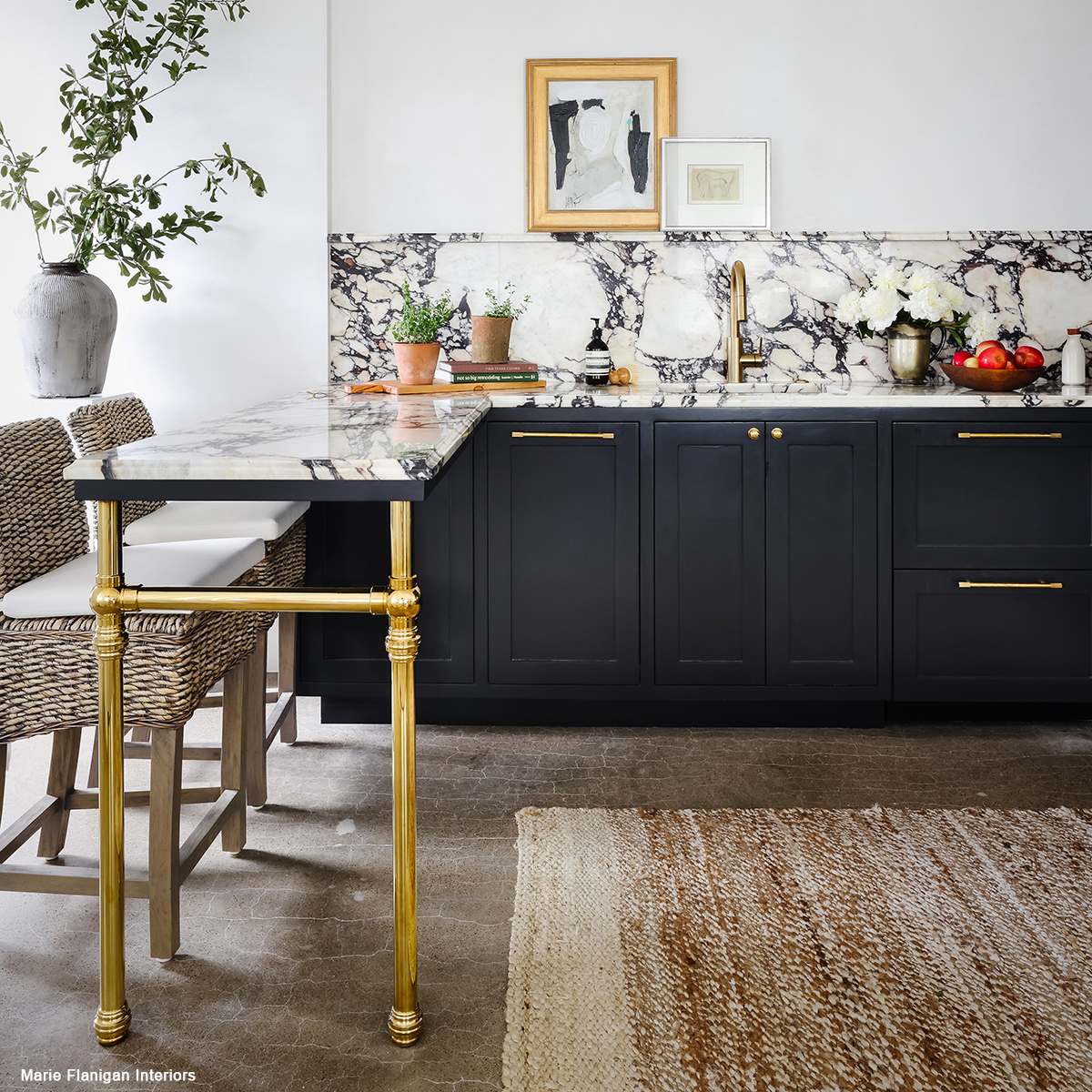Essential Variables to Take Into Consideration When Selecting Legs For Kitchen Island
Selecting the ideal legs for a kitchen island includes a mindful analysis of numerous factors that can substantially affect both capability and aesthetic charm. Amongst these, the selection of material plays an essential role in ensuring sturdiness, while the design should enhance the existing decor. In addition, factors to consider such as height and weight assistance are necessary for stability and convenience. As we check out these elements, it comes to be clear that each decision can have significant ramifications for the overall cooking area experience. What nuances should be taken into consideration in each of these categories to attain the perfect equilibrium?
Product Options
When selecting legs for a kitchen area island, recognizing the various material choices is essential for accomplishing both visual allure and architectural honesty (Legs For Kitchen Island). The selection of material considerably affects not just the durability of the island but also its general style and capability
Metal legs, frequently made from stainless steel or wrought iron, contribute a commercial and modern-day feeling while ensuring resilience and stability. These products are immune to use and can support substantial weight, making them perfect for larger islands.
One more choice is engineered products, like MDF or plywood, which can be extra economical while still using a series of finishes. They may not give the exact same level of security as solid wood or steel. Legs For Kitchen Island. Finally, materials such as acrylic or glass can develop a contemporary look, though they may require added support to make certain security.
Eventually, the selection of product for kitchen area island legs must line up with the preferred functionality and the overall theme of the cooking area.
Design and Layout

When taking into consideration design, the form and surface of the legs are essential. Conical legs can give a sense of agility and elegance, while thicker, more robust legs can convey toughness and security. Furthermore, the surface-- be it repainted, tarnished, or all-natural-- must match the cabinets and counter top materials to create a unified appearance.
In addition, the design of the legs can additionally mirror individual taste. Custom or decorative legs, such as those including complex carvings or unique geometric forms, can act as centerpieces, including character and personality to the cooking area. Inevitably, the ideal choice will certainly not just improve functionality yet likewise elevate the visual charm, making the kitchen island a standout feature of the home.
Elevation Considerations
Choosing the ideal elevation for kitchen island legs is essential, as it directly impacts both capability and comfort. The standard height for a kitchen island commonly varies from 36 to 42 inches, lining up with common counter top heights. A 36-inch elevation is ideal for cooking and cooking, enabling comfortable usage of kitchen area devices and tools. Alternatively, a height of 42 inches is usually liked for islands planned for bar seating, suiting taller stools and using a casual eating experience.

It is additionally necessary to make up customers' heights and choices. Tailoring the height can ensure a comfortable experience for all member of the family, making the cooking area island a more satisfying and practical space.
Weight Assistance
Guaranteeing appropriate weight assistance for kitchen island legs is essential for both safety and security and capability. The cooking area island typically offers numerous functions, including cooking, eating, and additional storage space, necessitating a robust assistance structure. When choosing legs, it is critical to think about the total weight capacity needed advice based upon the island's intended use and the products that will certainly be put on it.
The option of product for the legs plays a significant function in their weight-bearing capacities. Solid timber, metal, and heavy-duty compounds typically provide premium stamina contrasted to lighter products. In addition, the layout of the legs-- whether they are straight, tapered, or have a pedestal kind-- can affect their capacity to distribute weight successfully throughout the structure.
Furthermore, the leg placement must be tactically prepared to improve stability. Legs placed at the corners or with a bigger base can better support much heavier tons. Constantly get in touch with the manufacturer's specifications concerning tons limitations to find out here make certain that the legs can sustain the designated weight without compromising security. In summary, choosing kitchen area island legs with sufficient weight support is vital for producing a risk-free and practical culinary space.
Installment and Maintenance
Correct setup and upkeep of kitchen area island legs are critical for making sure longevity and security. This frequently entails securing the legs to the island base making use of appropriate bolts, ensuring that the legs are level and straightened.
Once set up, normal maintenance is essential to preserve the stability and look of the legs - Legs For Kitchen Island. For wooden legs, regular cleansing with a damp fabric and application of ideal timber polish can stop dampness damage and preserve their coating. Steel legs may need a mild cleansing solution to eliminate oil and grime, go to website complied with by a completely dry towel to avoid rust development
In addition, evaluate the legs routinely for indications of wear or damage, such as splits or loosened joints. Tightening up screws or screws as required can likewise extend the life expectancy of the legs. By sticking to these setup and upkeep methods, house owners can ensure that their kitchen area island stays strong and aesthetically appealing for many years to find.
Final Thought

Visual comprehensibility is critical in choosing the design and layout of legs for a cooking area island, as these components greatly influence the overall atmosphere of the area. Conical legs can supply a feeling of agility and style, while thicker, more robust legs can convey strength and stability.Choosing the appropriate height for kitchen island legs is essential, as it directly impacts both functionality and comfort. In summary, picking cooking area island legs with ample weight assistance is crucial for developing a practical and risk-free culinary space.
In conclusion, picking legs for a cooking area island demands cautious consideration of various factors, consisting of product choices, style, height, weight assistance, and setup.